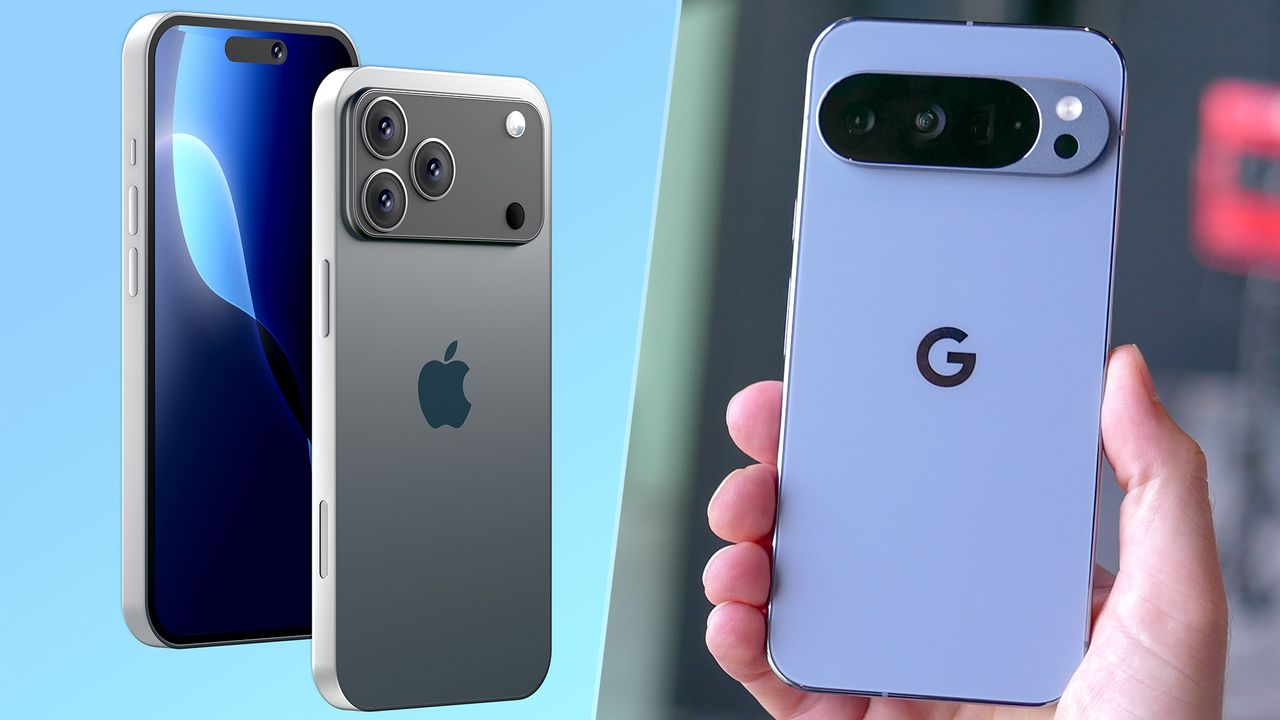The Future of AI and Mobile Technology: Innovations and Competition
Author: John Velasco

In the fast-paced world of technology, competition in mobile and AI spaces is reaching unprecedented levels. Companies like Google, Nvidia, and Meta are innovating rapidly, leading to exciting developments that are reshaping how we interact with devices.
The newly announced Pixel 10 Pro XL is a remarkable addition to Google's smartphone lineup, showcasing advanced features that set it apart from competitors. However, as we look forward to the iPhone 17 Pro Max's release, we can speculate on several areas where Apple might take the lead.

The new Pixel 10 Pro XL by Google.
One key area where Apple may excel is in the integration of its hardware and software, providing a seamless user experience. Apple's ecosystem is often lauded for its ease of use, which could give the iPhone 17 Pro Max an edge.
Additionally, camera technology is a major battleground. The Pixel series has always been strong in photography; however, Apple's computational photography continues to receive praise. Each company is expected to push the boundaries further with their upcoming models.
Apart from mobile technology, artificial intelligence continues to be a focal point for major firms. Nvidia has faced challenges recently, halting production of its H20 AI chip under pressure from geopolitical dynamics. This move signifies the delicate balancing act tech companies must perform in today's climate.

Nvidia's H20 AI chip production has been affected by export restrictions.
In contrast, Meta is forging ahead with significant partnerships, notably with Midjourney, to revolutionize AI image generation capabilities. These collaborations reflect a strategic approach to enhance their AI offerings and compete effectively.
Moreover, Meta has made headlines for launching a new AI translation feature on its platforms, which includes Facebook and Instagram Reels. The capability allows users to dub their voice in translated languages, a feature that leverages advanced AI tools to cater to a global audience.

Meta's new AI translation feature on social media.
OpenAI is also making strategic moves by opening its first office in India. This expansion signifies the growing interest in AI technologies within the region, where ChatGPT has been gaining traction among users. Sam Altman’s visit will likely strengthen OpenAI's presence and partnerships in India.
These myriad developments point to a future where AI and mobile technologies are closely intertwined, with companies striving not just to innovate but also to adapt to rapidly changing market dynamics.
In conclusion, the race for technological supremacy in AI and mobile devices is intensifying. As companies like Google and Apple gear up to launch their flagship phones, and as firm stances on AI partnerships evolve, consumers can expect exciting developments on the horizon that will transform their digital experiences.